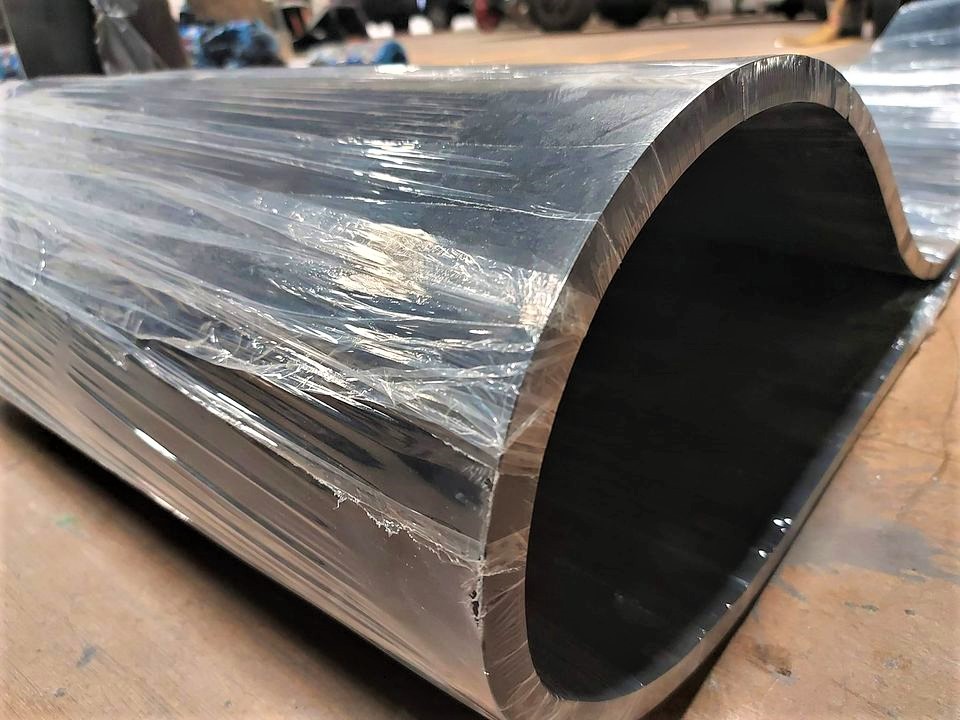PVC vs Rubber Conveyor Belts: Which Should You Choose?
PVC vs Rubber Conveyor Belts: Which Should You Choose?
Blog Article

When it comes to selecting the right conveyor belt for your operations, the choice between PVC and rubber is a critical decision that can impact efficiency, durability, and cost. Both materials offer unique advantages, making them suitable for different applications across various industries. Understanding the properties of rubber conveyor belts, PVC conveyor belts, and rubber drive belts is essential in making an informed choice that aligns with your specific needs.
Rubber conveyor belts are known for their high durability and resilience, making them ideal for heavy-duty applications where wear and tear are a concern. On the other hand, PVC conveyor belts provide excellent resistance to chemicals and are often preferred in food processing and packaging environments. As you weigh your options, consider factors such as design versatility, production techniques, and development trends in the industry, which can also influence your choice between these two popular conveyor belt materials.
Overview of Conveyor Belt Materials
Conveyor belts are essential components in a variety of industries, serving as the backbone of material handling systems. Two of the most common materials used for manufacturing conveyor belts are rubber and PVC. Each material has its own unique properties, advantages, and applications, making the choice between them dependent on specific operational needs and environmental conditions.
Rubber conveyor belts are known for their durability and flexibility. They are well-suited for heavy-duty applications, capable of handling large loads and withstanding harsh conditions such as extreme temperatures and abrasives. The design and development of rubber conveyor belts focus on enhancing strength, resistance to wear, and longevity, which makes them ideal for mining, construction, and other industries that demand a robust solution.
On the other hand, PVC conveyor belts offer benefits such as lighter weight and cost-effectiveness. They are often chosen for applications involving lighter materials and where moisture resistance is key. The production of PVC conveyor belts emphasizes smooth surfaces for improved tracking and easy cleaning. With their versatility, PVC belts are frequently used in food processing, packaging, and retail environments where hygiene and presentation are crucial.
Steel Cord Conveyor Belt Supplier
Applications of PVC and Rubber Belts
PVC conveyor belts are widely used in various industries due to their versatility and cost-effectiveness. These belts are commonly employed in food processing, packaging, and warehouse logistics, where hygiene and lightweight properties are crucial. The smooth surface of PVC allows for easy cleaning, making it suitable for handling dry and wet materials, especially in environments like bakeries and poultry processing plants.
On the other hand, rubber conveyor belts are recognized for their durability and strength, making them ideal for heavy-duty applications. They are often found in industries such as mining, construction, and bulk material handling. The robust nature of rubber makes it capable of withstanding harsh conditions and abrasive materials, providing an efficient solution for transporting heavy loads over long distances.
Rubber drive belts also play a significant role in various machinery across different sectors. They are essential for power transmission in automotive, agricultural, and industrial applications. The flexibility and high friction surface of rubber drive belts ensure effective energy transfer, contributing to the overall performance and efficiency of equipment. Their ability to accommodate fluctuations in load and speed makes them a dependable choice for a wide range of mechanical systems.
Factors to Consider in Choosing Conveyor Belts
When selecting between rubber and PVC conveyor belts, the intended application plays a crucial role. Rubber conveyor belts are often preferred for heavy-duty tasks, particularly in industries like mining and agriculture, due to their durability and resistance to wear and tear. In contrast, PVC conveyor belts are suitable for lighter loads and environments where a smooth surface is required, such as food processing and packaging. Understanding the specific demands of your operation will guide you in making the right choice.
Another important consideration is the environmental conditions under which the conveyor belt will operate. Rubber belts generally offer better resistance to extreme temperatures and harsh chemicals, making them ideal for challenging environments. On the other hand, PVC belts excel in conditions that require resistance to moisture and oil, thanks to their non-porous surface. Assessing the exposure to potential contaminants and temperature extremes will help ensure optimal performance and longevity of the selected belt.
Finally, it is essential to evaluate the cost-effectiveness and maintenance requirements of each option. Rubber conveyor belts may have a higher initial investment but can result in lower replacement costs over time due to their longevity. PVC conveyor belts tend to be more affordable upfront but may require more frequent replacements in heavy-use situations. Balancing the initial cost with long-term performance and maintenance needs will help in making an informed decision that aligns with your operational budget and efficiency goals.
Report this page